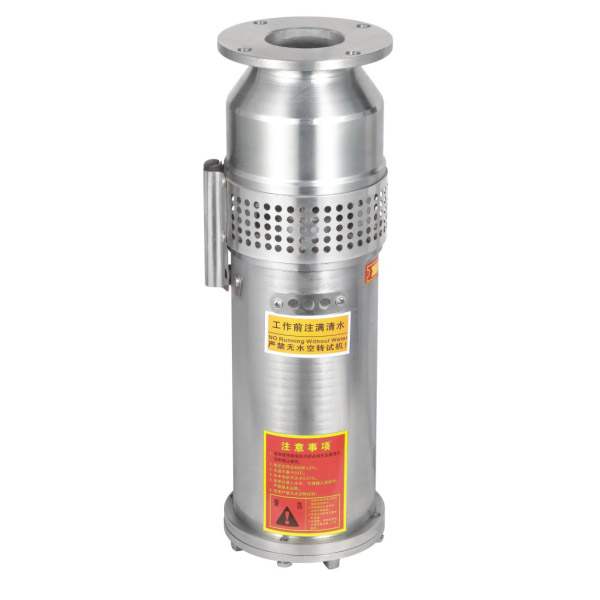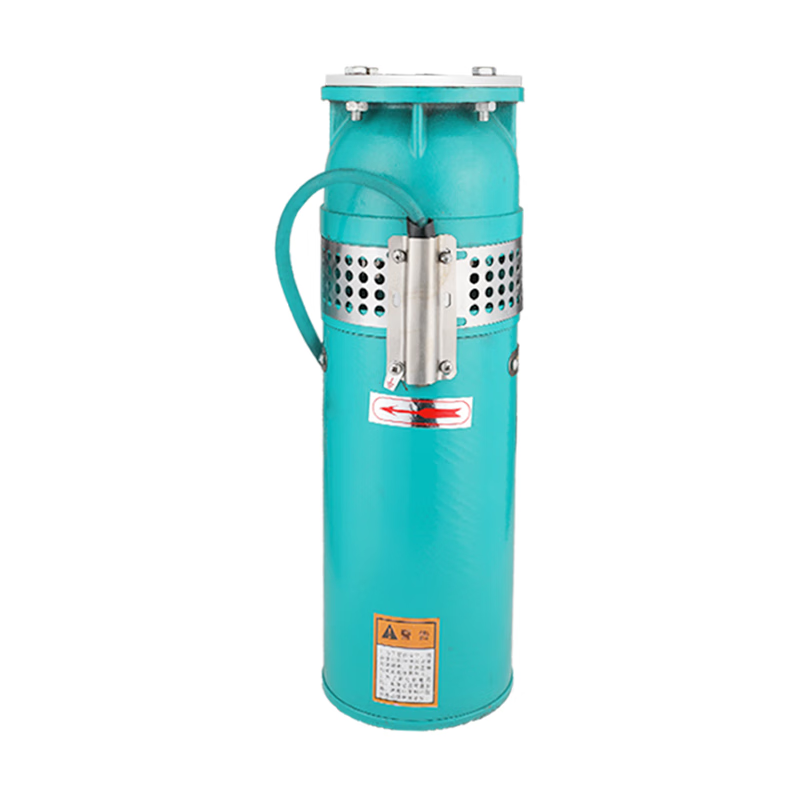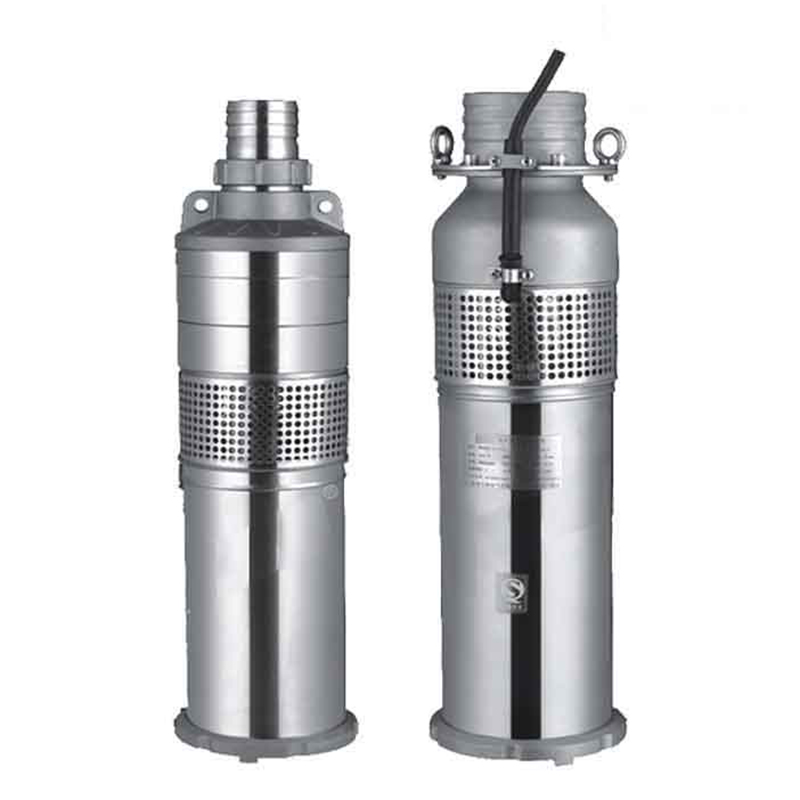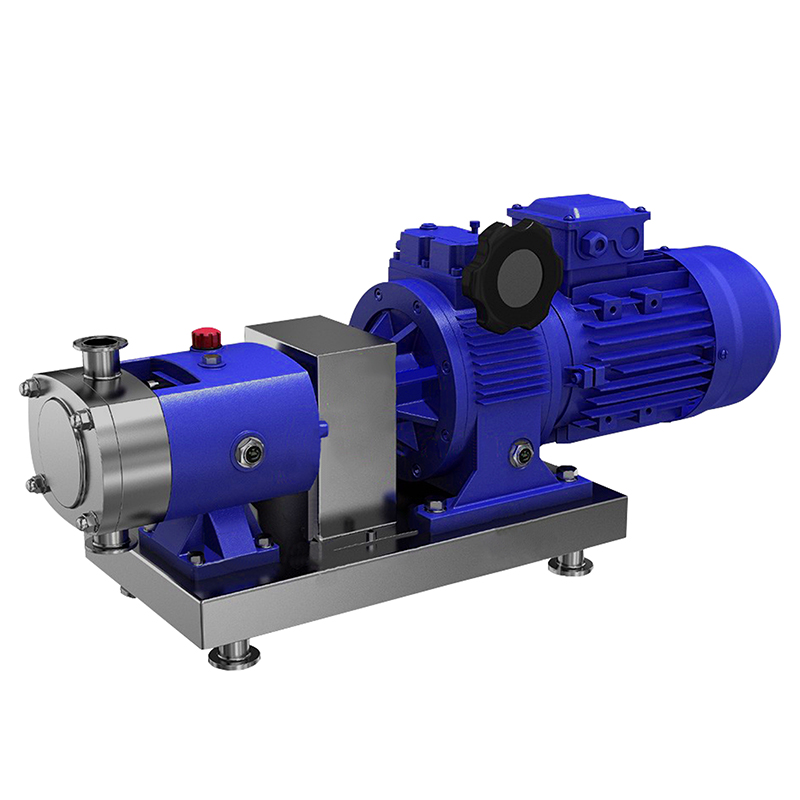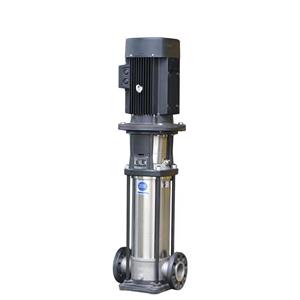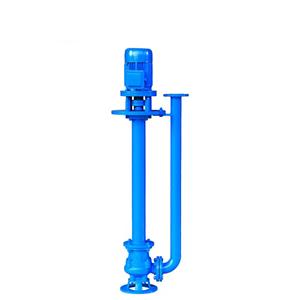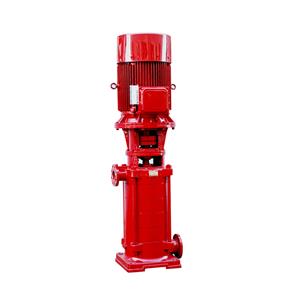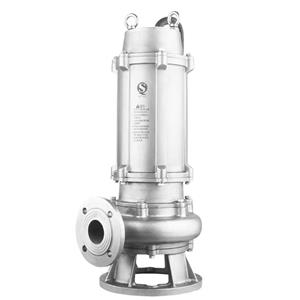Stainless Steel Fountain Pump

- Gaotian
- China
- 15days
- 2000 sets
Core Advantages of Stainless Steel Pumps
Exceptional Corrosion Resistance: This is the most critical feature! It directly withstands corrosion from disinfectants (like chlorine) added to fountain water, algae, the water quality itself, and the outdoor environment, significantly extending lifespan compared to ordinary cast iron pumps.
Robust and Durable Structure: Stainless steel material offers high strength and wear resistance, capable of handling impacts from potential small impurities in the water.
Excellent Hygiene: Resists rusting, reducing the risk of secondary water pollution (especially important for interactive fountains or those where pets might drink).
Simplified Maintenance: Relatively resistant to scaling and rust, making cleaning and upkeep easier.
Key Parameters for Selecting a Stainless Steel Fountain Pump
Flow Rate: The volume of water the pump can deliver per unit of time (typically expressed in cubic meters per hour - m³/h - or liters per minute - l/min). This determines the fountain's water effect and volume.
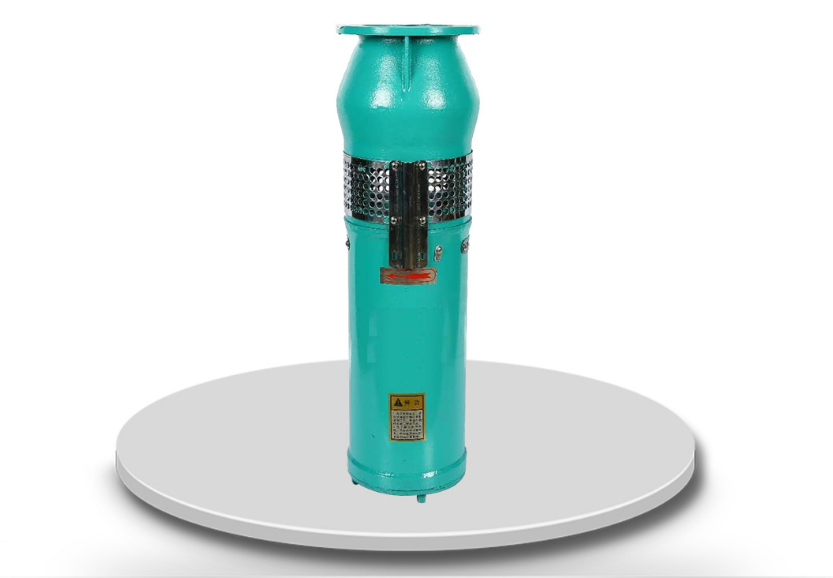
The type and number of fountain nozzles/sprays (each has its recommended flow rate range).
The capacity of the fountain basin.
The desired water circulation speed and surface agitation effect.
You need to consider based on:
Calculation Recommendation: The total flow rate should achieve at least 1-2 full basin turnovers per hour. Consult a fountain designer or refer to nozzle specifications to determine the required total flow.

Head (Max. Delivery Head): The maximum vertical height the pump can lift water (unit: meters - m). This determines the fountain's jet/spray height and pressure.
The vertical height from the pump's water inlet to the fountain's highest water discharge point.
The operating pressure required by the nozzles/sprays themselves.
Friction losses caused by pipe length, bends, valves, etc. (The selected pump's head must be greater than the actual lift height + the pipe friction loss head).
You need to consider:
Recommendation: The pump's rated head should typically be 15-20% higher than the calculated required head to allow a safety margin.
Power: Usually expressed in Watts (W) or Kilowatts (kW). Power consumption is directly related to flow rate and head. When flow and head requirements are met, choosing a more efficient pump (relatively lower power) is more energy-saving.
Voltage:
Small Fountains: Commonly use single-phase 220V (mains power).
Medium/Large Fountains: May require three-phase 380V power supply. Always verify the site's electrical supply when selecting.
Pump Material Grade:
304 Stainless Steel: Most common, offers good corrosion resistance and cost-effectiveness. Suitable for the vast majority of freshwater and mildly chlorinated environments.
316 Stainless Steel: Offers superior corrosion resistance, especially suited for environments with higher salt content (e.g., coastal areas), very high chlorine levels, or poor water quality. More expensive than 304. If budget allows and the environment is harsh, this is the better choice.

Installation Method:
Submersible Pump: Most Common! The pump operates fully submerged at the bottom of the basin. Easy to install, low noise (noise source is underwater).
Dry-Installed Pump: The pump is installed externally in a dry area (requires a pump pit or pump room), with only the impeller submerged or drawing water via pipes. Typically used for large fountains, situations requiring easier access for maintenance, or where water is too shallow for a fully submerged pump. Maintenance is slightly easier but requires extra space and pipework.
Impeller Type:
Closed Impeller: Highest efficiency, best for clean water (no large debris).
Semi-Open / Open Impeller: Better debris-handling capability, can manage small impurities (like leaves, small debris). Commonly used in fountain pumps.
Other Features:
Variable Frequency Drive (VFD) / Speed Control: Allows infinitely variable adjustment of flow and head by regulating motor speed, enabling dynamic water effects and energy savings (higher cost).
Overheat Protection: Motor includes a built-in thermal cut-off switch to prevent damage from dry running.
Protection Rating (IP Rating): Submersible pumps require IP68 rating (complete dust-tight and continuous submersion protection).
Market Recommendations and Purchasing Tips
Common & Reliable Brands (Choosing a brand specializing in pumps is crucial):
Domestic (China): Xinje Pumps, Dayuan Pumps, Lingxiao Pumps, Leo Group all offer specialized water feature/fountain pump series.
International: OASE (Germany, highly specialized in water features), SPECK (Germany), STA-RITE (USA, part of Pentair, excellent quality).
Note: Purchase from authorized channels to avoid counterfeit products.
Key Confirmation Points When Buying:
Define Your Specific Requirements: Ideally provide the required approximate flow rate range, head height, basin size, or nozzle type/quantity.
Confirm Material: Explicitly ask if the pump housing, impeller, shaft, and other critical components are 304 or 316 stainless steel. Many pumps only have a stainless steel housing; internal parts may not be.
Confirm Installation Method: Submersible or Dry-Installed?
Confirm Power Supply: Voltage compatibility.
Warranty: Understand the warranty period and service terms.
Accessories: Check if essential items like installation feet/base or required adapters are included.
Special Reminders:
Filtration is Critical: Regardless of pump quality, a good pre-filtration system (e.g., strainer basket, skimmer basket, hair/lint trap) is essential. Debris wears impellers and clogs nozzles.
Energy Efficiency Consideration: For fountains running for long periods (especially commercial ones), VFD pumps or high-efficiency pumps can save significant electricity costs in the long run.
Maintenance: Regularly cleaning filters and checking pump operation are key to maintaining performance and longevity.
Environmental Temperature: In cold climates, winter drainage or freeze protection measures must be considered.
Professional Advice: For large-scale or complex fountain designs, consulting a professional fountain company or engineer is the safest approach.

